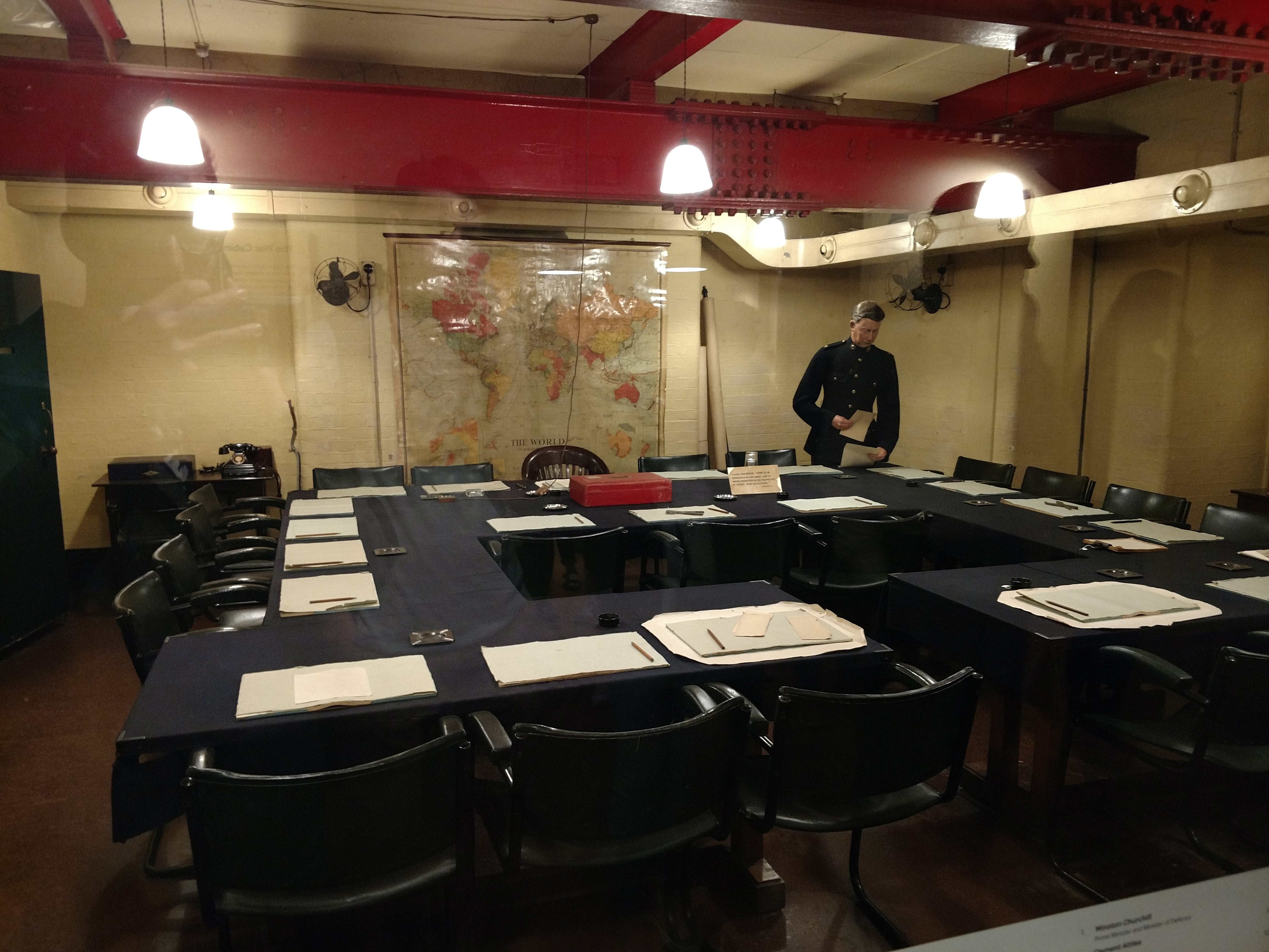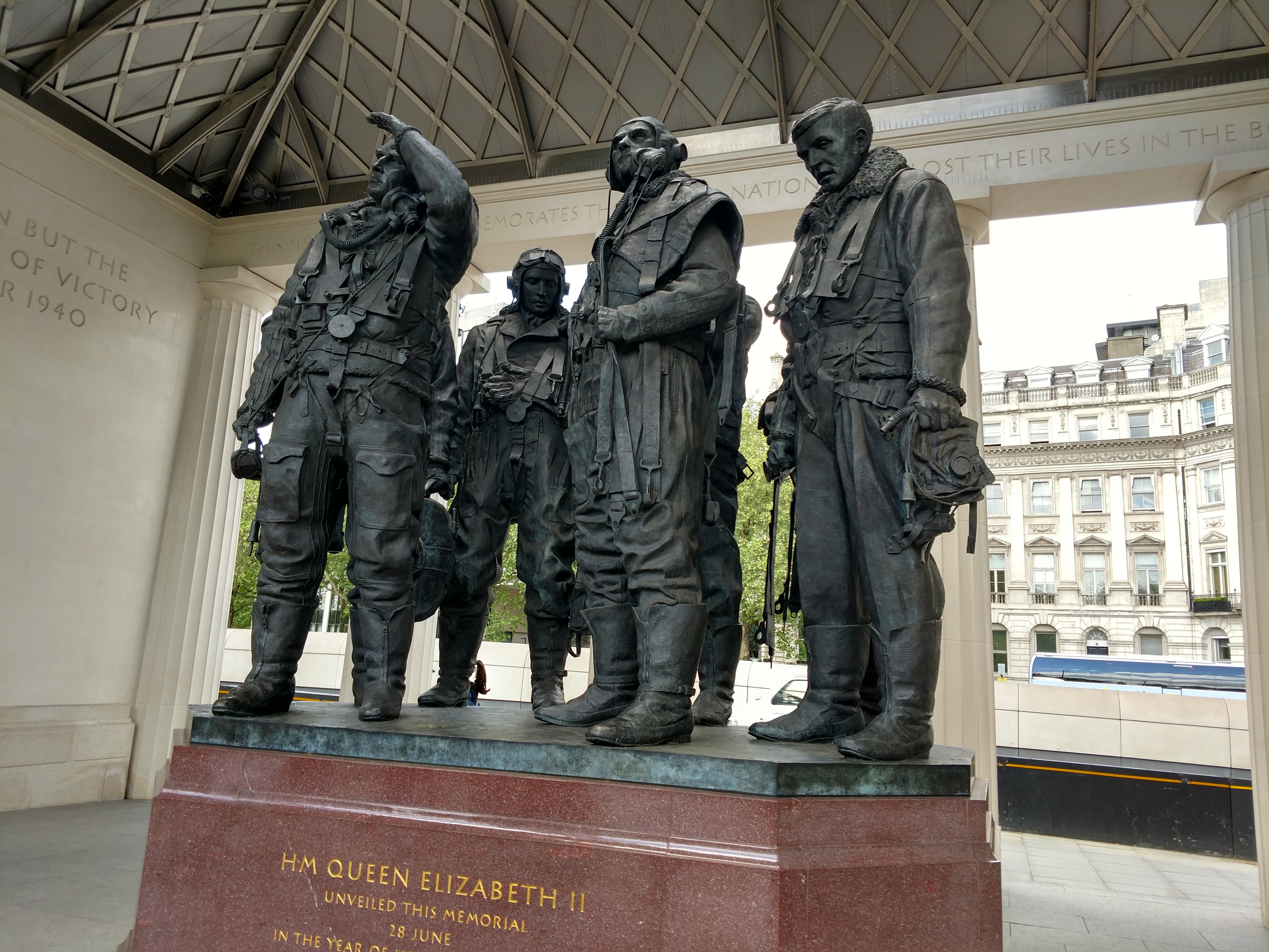In London, it is easy to see that World War II was the “People’s War” for the British. Just about everywhere I turned, I saw evidence of World War II. Every museum, monument, and cultural site that I visited during my time here mentioned it in passing, at the very least. Outside of the magnificent St. Paul’s Cathedral, which has the best views of the city by far, a small monument to victims of the Blitz stands. A memorial to the merchant marines of both world wars stands in the plaza next to the Tower of London. The Churchill War Rooms are an interesting mix between information on the former prime minister and the people who supported him in ordinary roles as radio operators, runners, and record keepers. Bletchley Park is very similar in that Alan Turing and the other major players in the intelligence operation there seemed to take a back seat to the typists, radio operators, and messengers. Although the restriction on talking about their work was relaxed in the late 20th Century, many of the ordinary workers of Bletchley Park still didn’t talk to their friends or families about their contribution to victory in Europe, out of what I assume is extreme dedication to and pride in their work in the war. The British members of the Greatest Generation had their defining moments during World War II and it shows in how the British people remember the war. Not only do they memorialize the troops fighting overseas and on mainland Europe, but they also remember the citizens of London who withstood the Blitz for so long, and those who were not fit for military service but contributed in the vital military industries and worked the necessary clerical jobs.

This picture is the recreation of the cabinet room in Churchill’s war rooms. For a slightly taller than average man, the war rooms were less claustrophobic than I was expecting. However, this was without the full complement of staff and visitors that the war rooms received during the war, and I can’t even imagine what that must have been like for those working there every day—particularly for those who had to sleep in the war rooms

This picture is of the statue in the RAF Bomber Command Memorial. The design of the memorial really shows how much the British people care for their WWII veterans. The design of the building is very sleek and clean, using a brilliant white stone that contrasts very starkly with the bronze statue. The statue itself is very large but at a scale that makes the figures seem even more heroic. The result of these attributes is an awe- inspiring memorial for those who lost their lives fighting for their country in the skies.

This third picture is of the entrance to the main building of Bletchley Park. The grounds of Bletchley Park contain a small pond, a beautiful Victorian-era manor house, and many wooden and concrete huts. The huts were not present when Bletchley was first built but were instead constructed when the UK decided to house its intelligence operation. The sheer number of buildings that the British built just for intelligence is astonishing, especially when you consider that Bletchley may have had an interesting and complicated history before the war but is now the place where the German enigma code was cracked. In a way, the British sacrificed a cultural site for the war effort and didn’t bat an eye. I’m sure that has since changed, as it is now a relic of the “People’s War.”